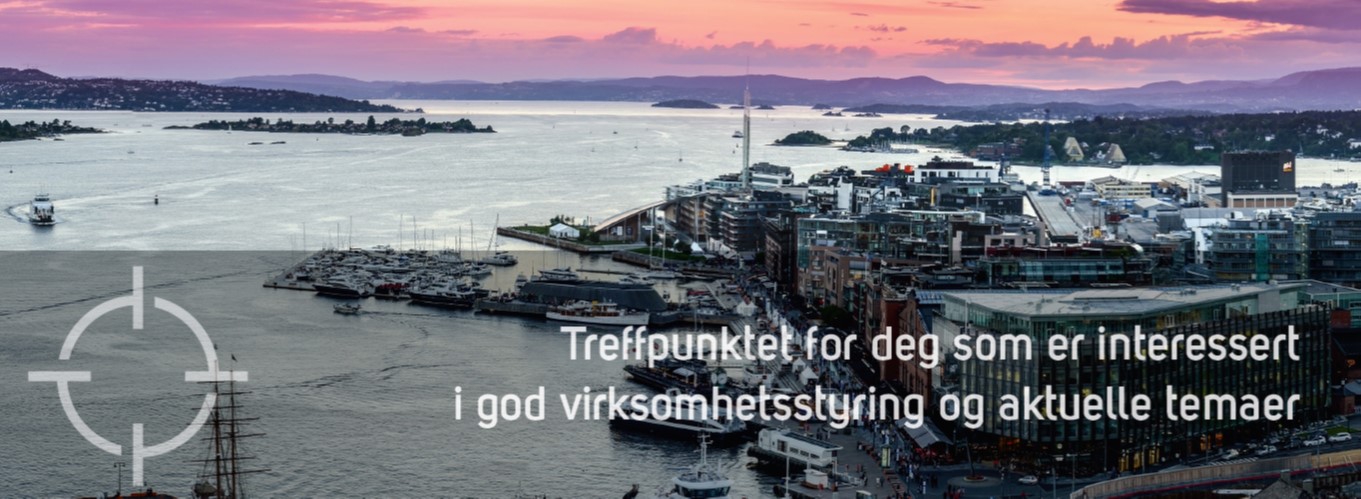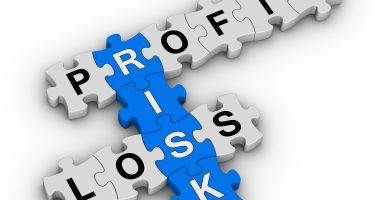Almost every day we wake up to new corruption scandals or otherwise illegal or unethical business conduct demonstrated by companies that we really thought could do better.
The most common reason for CEO’s to be forced from their office is not anymore, missed financial targets but, surprisingly, ethical lapses according to the recent PWC CEO Success Study. Trust from the public in business leaders are at a low point and companies are, at an accelerating pace, proclaiming their responsibility by publishing, for example, environmental, anti-corruption, diversity and other responsibility programs. Unfortunately, some of them are many pretty words, but not a lot of action behind.
In our new book, “The Grey Zone, a practical guide to corporate conduct, compliance and business ethics” we describe how organizational culture is not created by words, but through leadership action and transparent decisions. How the ultimate purpose of effective ethics & compliance work is to pave the way for better leadership, better decisions and truly a more responsible leadership.
We use a model based on five steps, Context – Content – Compliance – Conduct – Culture to describe how words can be taken to action and action to real change. We describe what it takes to design and implement an effective ethics & compliance framework. The words and the action.
Indeed hard and very necessary work but not enough to answer the ultimate question “yes good job, but does it work?” To make the program work and achieve real change one must also look at the ethics & compliance work as a tool to make dilemmas visible, enabling and empowering leaders to tackle them. Dilemmas are rarely black and white, different priorities and human factors add to the complexity creating a grey zone of right and wrong. Leaders must step up and learn to navigate the grey zone to make decisions, defining who they and their companies really are. If they are “responsible” when push comes to shove.
The book is suitable for companies and organizations of various sizes. It gives down-to-earth instructions how to create and resource the ethics & compliance organization and how to implement the programs. We also discuss what happens in the organization during this work and how dilemmas arise and are made visible.
We try not to moralize and The Grey Zone will often have more questions than there are right answers. Recognizing that most people regard ethics & compliance as risk mitigation we want to promote doing the right thing not because you are scared of the authorities or negative publicity but because it is right.
Michaela Ahlberg and Anna Romberg www.thegreyz.one




